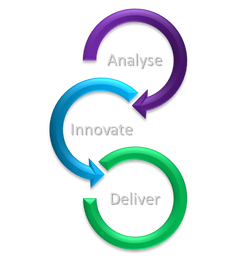Chemical Analysis
We provide the support and insight for meeting your analytical needs.
Specialist areas include flavours, off-flavours and taints in food and beverages, as well as water and pesticide analyses. You will be provided with a prompt and tailored service including development, troubleshooting, outsourced sample analysis carried out by internationally recognized teams, training, project management and a high quality of reporting. Key techniques include
Specialist areas include flavours, off-flavours and taints in food and beverages, as well as water and pesticide analyses. You will be provided with a prompt and tailored service including development, troubleshooting, outsourced sample analysis carried out by internationally recognized teams, training, project management and a high quality of reporting. Key techniques include
- Gas Chromatography – Mass Spectrometry (GC-MS)
- High Performance Liquid Chromatography – Mass Spectrometry (LC-MS)
- Breath-by breath analysis using API-MS or PTR-MS
|
Sensory
How do you relate your sensory findings to chemical analysis results? Gas Chromatography-Olfactometry (GCO) can be used, alongside traditional statistical tools to help to bridge that gap, allowing you to relate the attributes generated by sensory panels to the chemical profile of the samples. For off-flavours and taints troubleshooting and new product development, get in touch to see how we can help you. |
Microscopy
Please call to discuss your requirements.
Please call to discuss your requirements.
Proudly powered by Weebly

